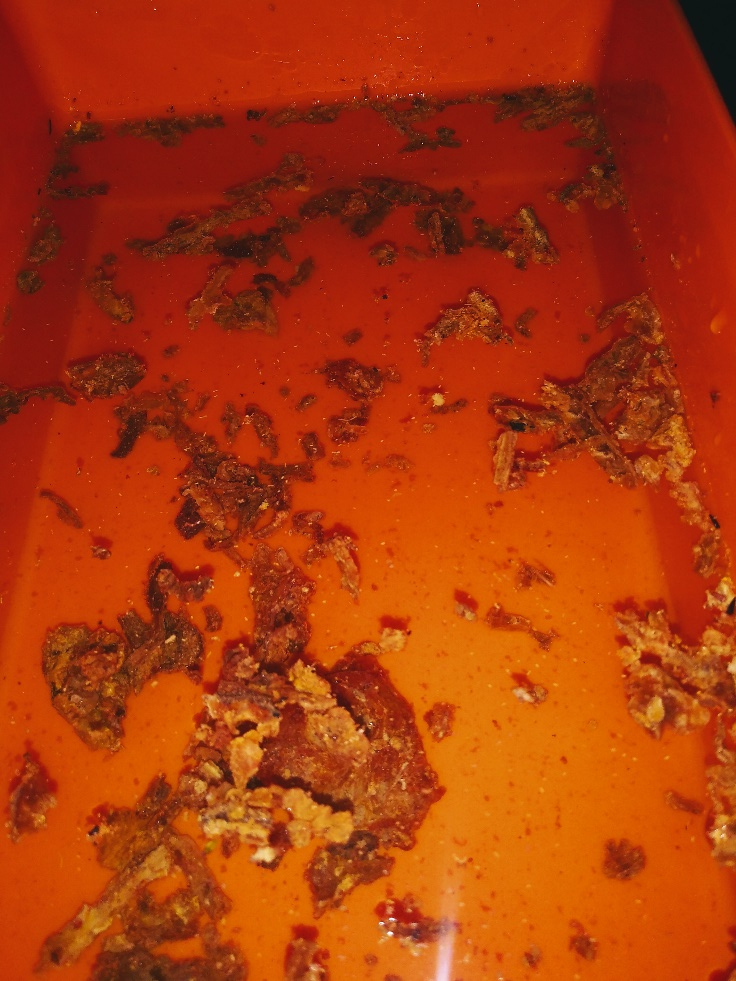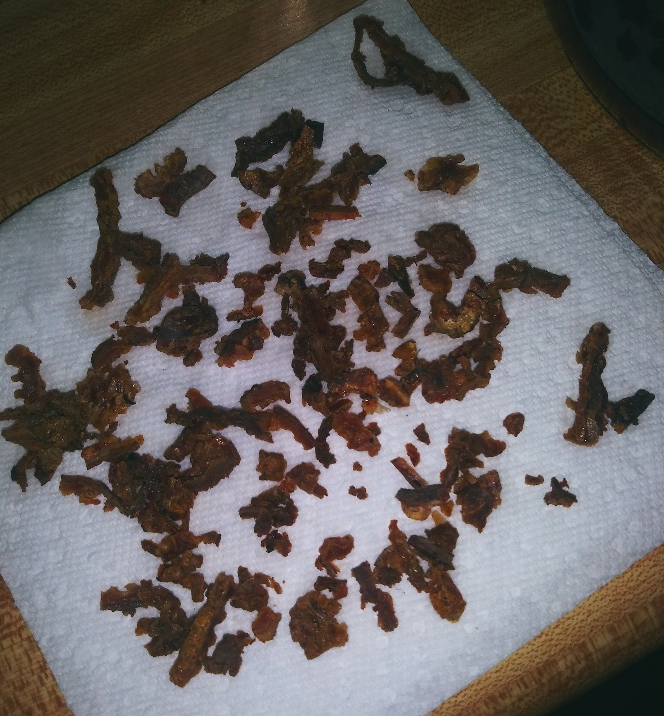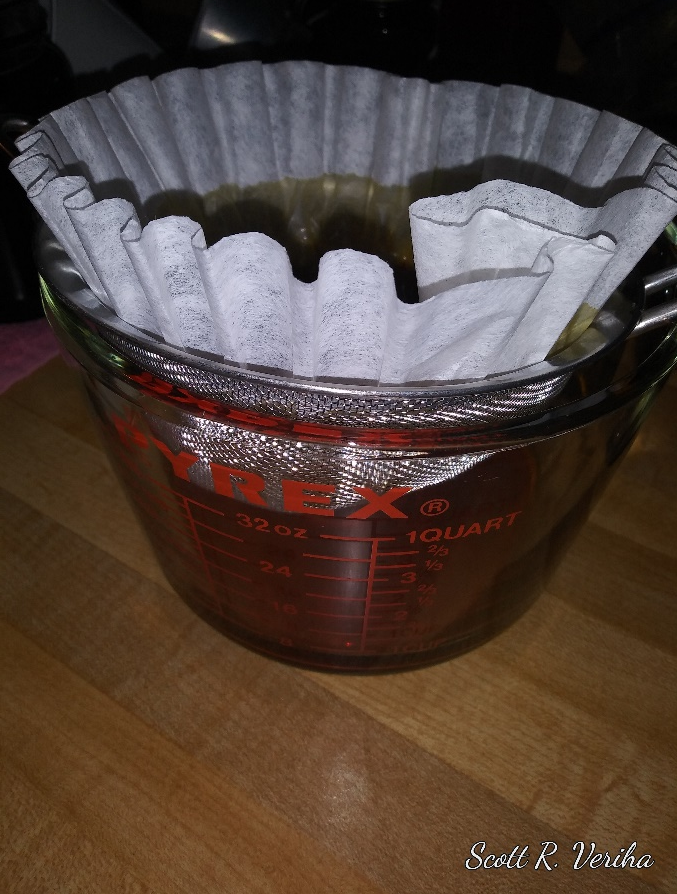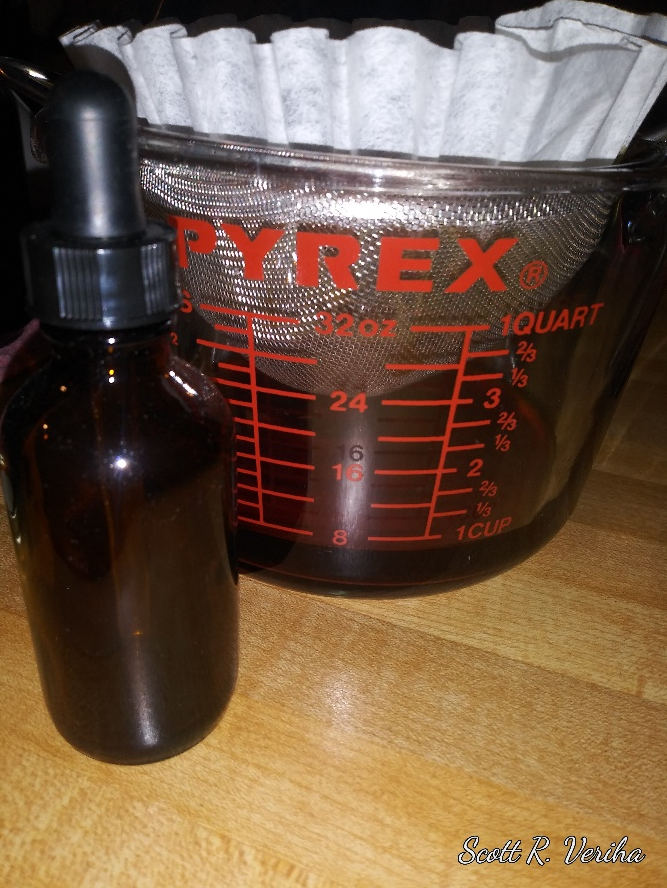Making A Propolis Tincture
Posted by Scott Veriha on Apr 23rd 2020

This year, in addition to tapping maples, I also tapped 40 birch trees, that has been an interesting experiment. Birch trees flow much more than maple, but you need three times as much sap to make one gallon of syrup. Birch syrup is dark, a little sweet, nutty and earthy. I like it and will look at making a larger batch next year. With the warm weather I was able to get out and check all my bee yards, and fix electric fences, as the bears are out of hibernation. Fifty percent of my hives made it thru this winter, which is a much better percentage than my norm. It was a mild winter, but I also made some changes to my wintering set up. I have been pruning my orchard, cleaning up my garden and food plots, well at least I was till this latest snow, and cold, hit.
This cold spell has given me a chance to catch up on one more winter project, making a propolis tincture. Last fall I cleaned up several hives and saved the propolis that I scraped from the interior of the hives. Propolis is often times called, “bee glue”, as the bees use it to seal up cracks in the hive. They will also cover every part of the hive, and comb, in a very thin layer of propolis. The propolis is anti-microbial, and anti-bacterial, so goes a long way in keeping the hive clean and sanitary.
Propolis is considered to be a product that has health benefits for people, and I have been interested in trying it out for myself. I have eaten small pieces of it straight from the hive, but it tends to be strong tasting and sticks to your teeth well enough that I felt my fillings might be in danger of being pulled out. Propolis is not water soluble and the best thing to use in cleaning it up, or making a tincture, is grain alcohol.

Above Picture: Propolis being separated from wax in a water bath
In order to
clean up the propolis, that I scraped out of the hives last year, I first rinse
the pieces in water by
breaking up the pieces I can separate the wax from the propolis, wax will float
in water, propolis will sink. After skimming off the floating wax, the water is
carefully poured off the propolis and then the propolis needs to be dry before
the next step.

Above Picture: Cleaned propolis drying.
The dried propolis is placed in a pint, or quart, mason jar, and just covered in grain alcohol. The propolis will dissolve very quickly, but it should be left in the jar for a week, shaken twice each day.

Above Picture: Propolis and Grain Alcohol after a week.
After a week, the propolis tincture can be filtered to remove the
last of the debris. I have found that a coffee filter works well for this. Have
patience, it takes a little bit for it all to pass thru the filter.

Above Picture: Filtering out the last of the debris.
Once fully filtered the tincture is now ready for bottling.

Above Picture: Filtered and ready for bottling.
Dark glass is the best choice for most tinctures to protect them from sunlight, the medicine dropper cap makes it easy for measuring out the amount that you want to use, however any small jar will work.
Scott


About the Author: Scott Veriha is a retired Navy Submariner, beekeeper, gardener, orchardist, and student of nature. Scott completed a degree in Environmental Science, in 2014, from the University of Wisconsin Green Bay. Scott is the owner and operator of Sweet Spot Apiary, Sugar Bush, and Truck Farm.


